Remember that science experiment in eighth grade? Keep pouring and stirring sugar (or salt) into a glass of water, and eventually it will stop dissolving – this happens when the water reaches it’s saturation point. The TDS gets too high – this can happen in your swimming pool, too.
Today’s topic is about TDS, otherwise known as Total Dissolved Solids.
What is Total Dissolved Solids?

Total Dissolved Solids, or TDS, is the measurement of all dissolved substances in your pool water. Common dissolved solids are magnesium, potassium, sulfates, carbonates, irons, other metals, minerals, carbonates/bicarbonates, anionic and cationic substances, and salts.
Everything you add to the water increases its TDS, including chlorine, shock, water balancers such as pH increaser or reducer, algaecide, clarifiers, etc. Even swimming in your pool adds to your TDS level, with sweat, hairspray, deodorant, perfume and other substances coming off the bodies of swimmers. And everything that blows in on the wind or washes in from the rain also contributes to your TDS level.
What is the Ideal Total Dissolved Solids Level?

Ideally, your TDS level should be under 2000 ppm. When it gets higher than this it can decrease the effectiveness of chlorine while also causing skin and eye irritation to swimmers and metal corrosion of your pool equipment. Cloudy water and scaly deposits occur more easily.
High TDS can over-saturate your pool water, causing water quality problems. Pool water with a high TDS reading can be aggressive or corrosive, and can be the cause of cloudy water, elevated hardness, scale, and an unwanted metallic taste. Dissolved solids can affect your pH and can reduce the efficiency of chlorine.
When your TDS level gets too high, you may notice an unpleasant salty taste to your pool water. This is because many of the chemicals that we use for pool maintenance contain sodium – water balancers such as sodium carbonate, sodium bicarbonate, sodium bisulfate and liquid chlorine shock (sodium hypochlorite).
Signs of a high Total Dissolved Solids level in pools
- Frequent cloudy water problems
- Scale and stains on tile and plaster
- Trouble keeping chlorine level
- Salty taste to water
How to test for high Total Dissolved Solids
To check if you have a problem with high TDS in your pool (2000 ppm or more), you can test the water with an TDS test meter (very accurate) or a TDS test strip (less accurate).
If your pool has frequent bouts of algae, cloudy water, or trouble keeping a chlorine level, you may have too many dissolved solids in the water. TDS can build up in 3-5 years on pools that don’t add much replacement water, such as indoor pools, covered pools, or pools in arid regions.
How to Fix Total Dissolved Solids Problems in Pools

When it comes to resolving high TDS, the solution is dilution. There is no miracle product that will remove TDS from your pool water. The easiest way to lower your pool’s TDS level is to drain and refill it with fresh water, either partially or completely, depending on how high the level has become.
“Can’t I just run my filter longer to remove TDS?”
No, pool filters remove suspended particles in your pool water, but they won’t remove dissolved materials. There are pool water recycling companies in some areas which can pump all of your pool water through a reverse osmosis filter, returning it to the pool with solids removed.
“Won’t evaporation help reduce TDS?”
Actually, when water evaporates this increases the dissolved solids, until replacement water is added that is. Periodically adding fresh water to your pool will help keep your TDS level in check.
Backwashing your filter uses water from your pool which will then have to be replaced with fresh water. Splash out also causes a need for fresh water to be added to your pool. If you have a lot of kids playing in the pool, having water fights and splashing the adults, next thing you know you’re dragging the hose over to put in some more water.

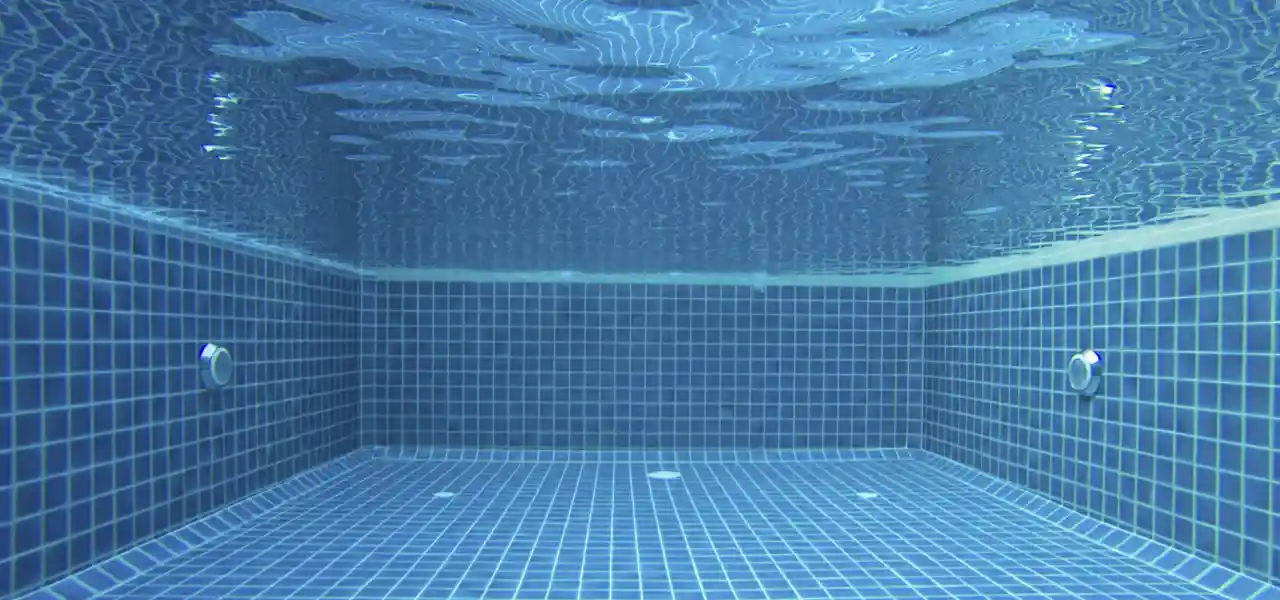
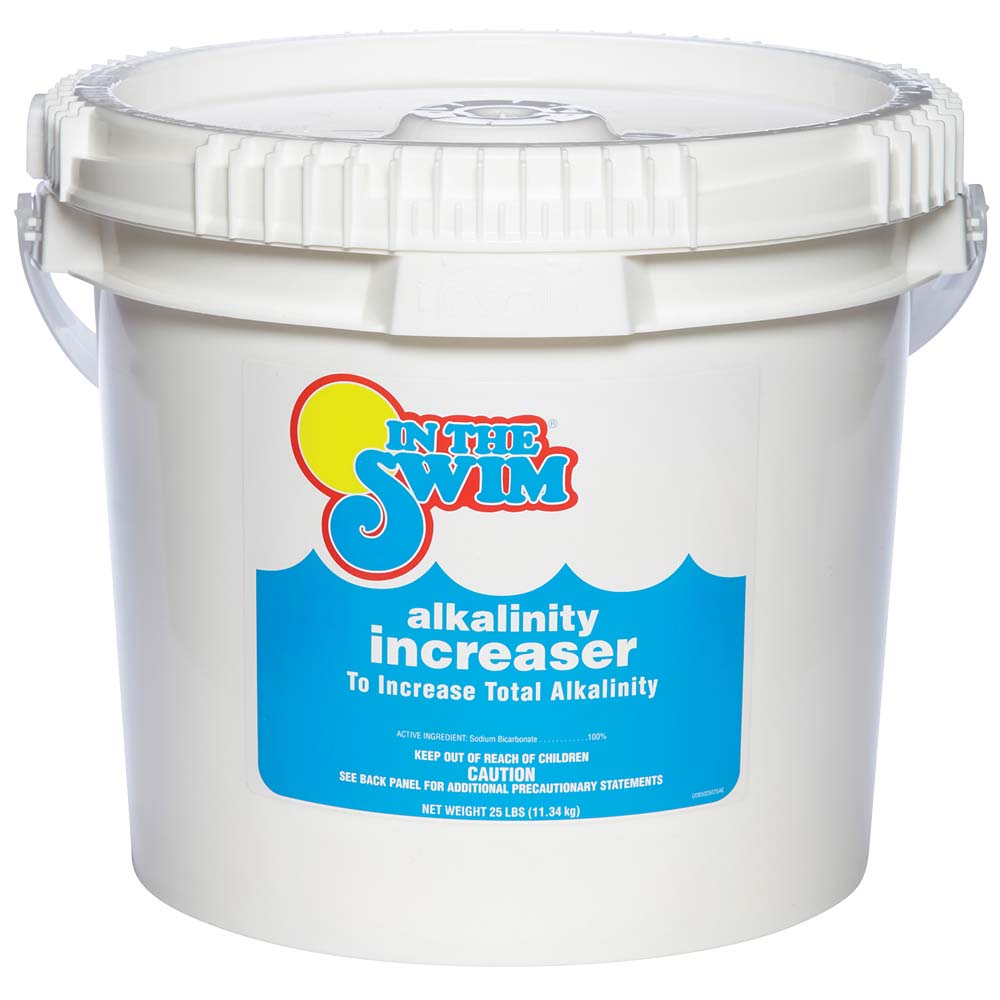
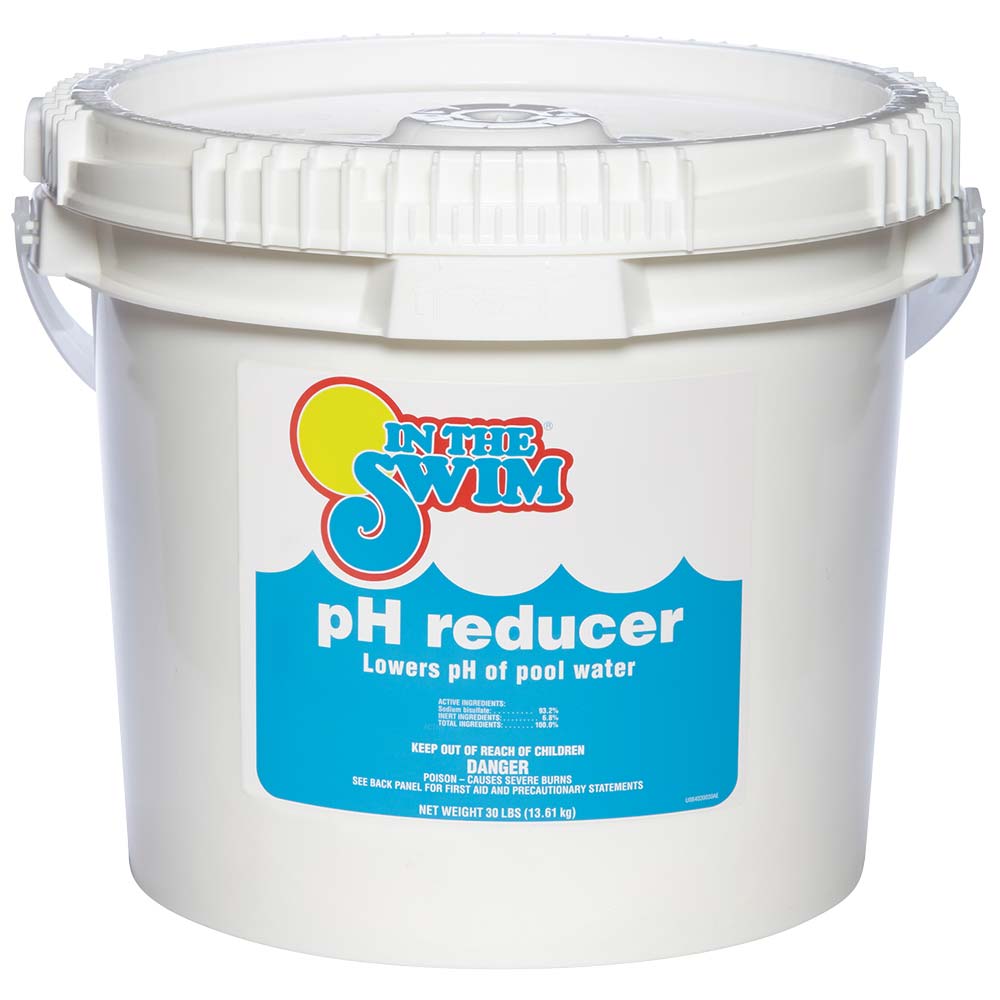
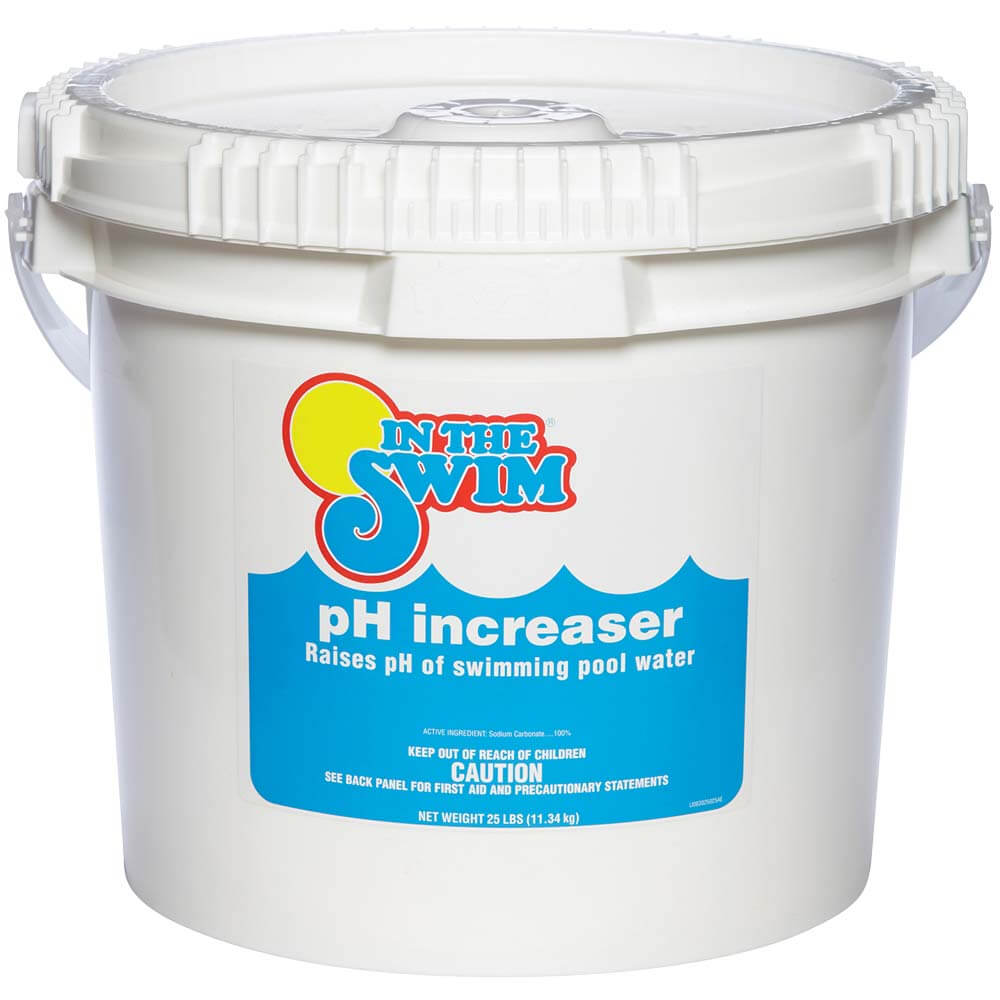
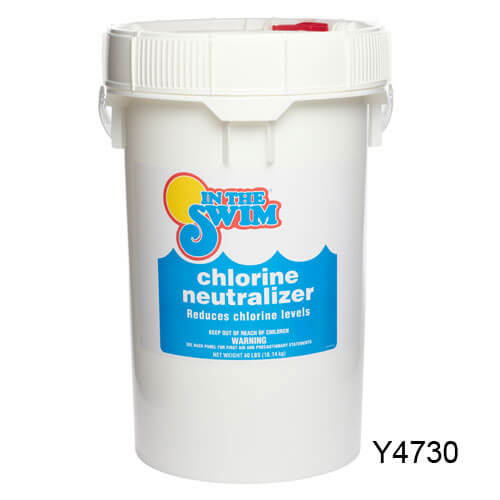
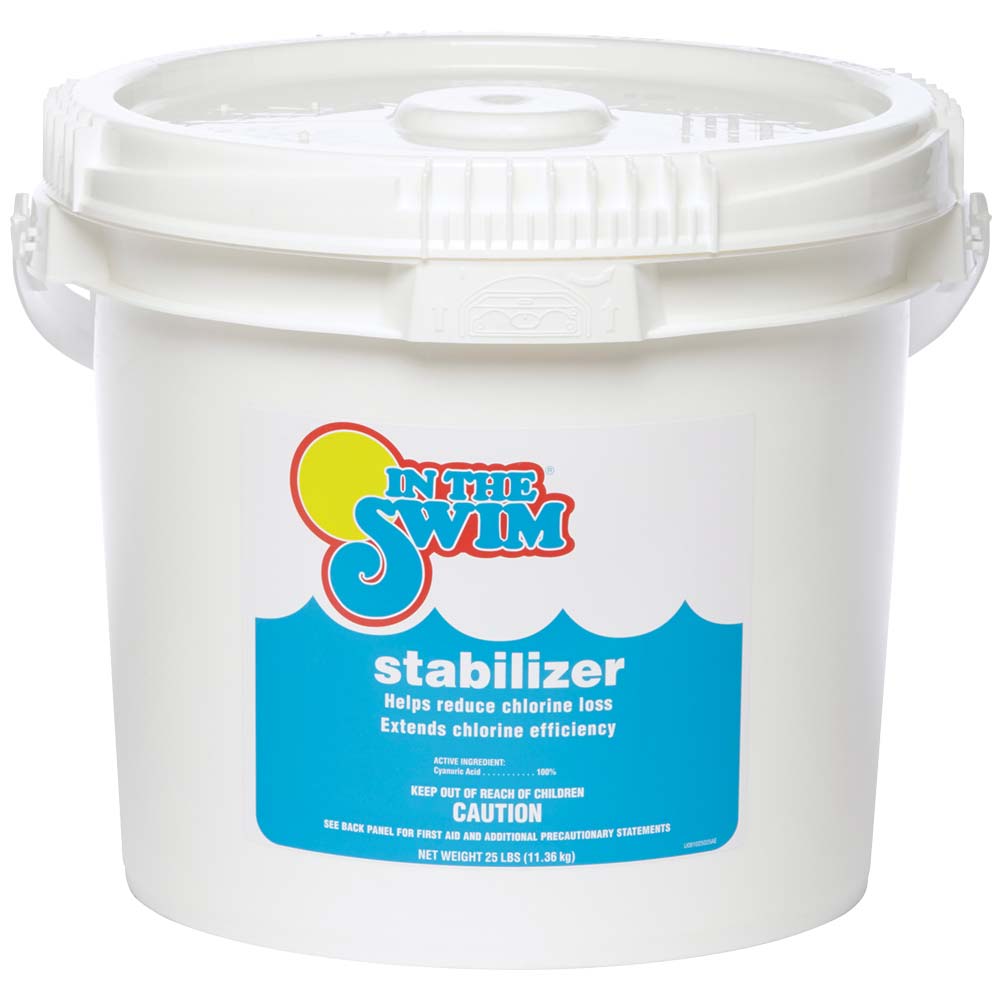

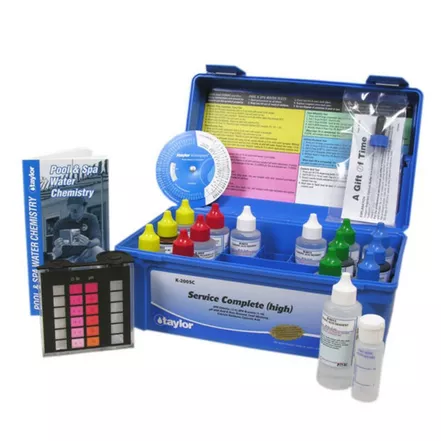
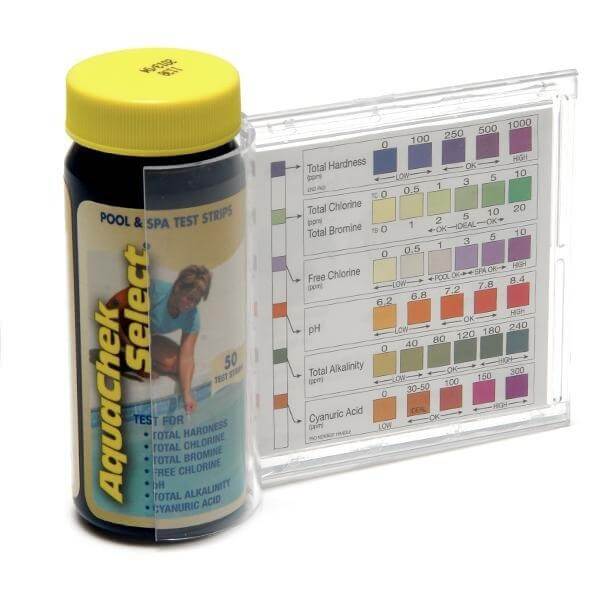

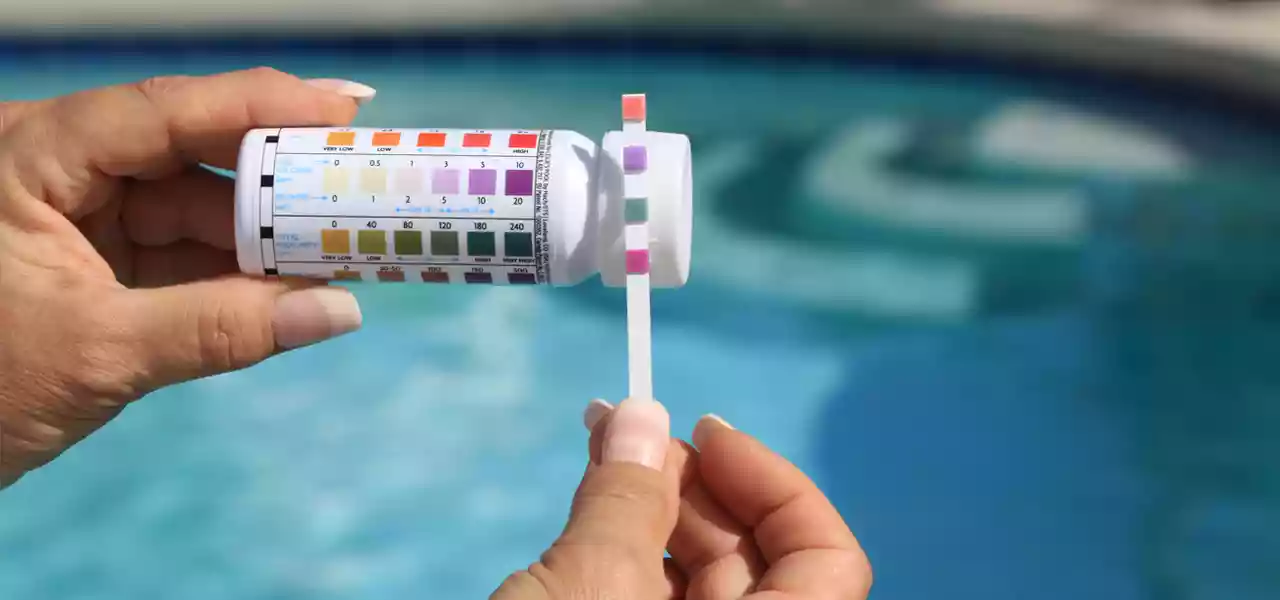
I am retired and live in Florida. I have a in ground pool that is 7 years old. I just started to take care of the pool myself and am learning about the chemical. I was told by the testing service in my area that I have high Total Dissolved Solids and need to drain my pool at least 2 feet. I was wondering if rain would solve this problem on its own. It rains everyday. The numbers for the TSD test I was 2100.
I am not even sure how to drain my pool 2 feet. Any advice is appreciated
Rain will lower TDS, as it is pretty close to distilled water, although it picks up a few solids as it falls thru the sky, but if you were to test rain water, the TDS would surely be under 50 ppm. 2100 is kinda high, but if it is not causing problems like cloudy water or issues with water balance, then… no worries! But if you did wnt to drain the pool 2 ft, if you have separate skimmer and main drain valves, and a DE or sand filter, you just close the skimmer valve, open the main drain valve and put the filter valve on waste or backwash, and let it run. For a cartridge filter, you may have a spigot after the pump, to lower the water level? Also would need to close the skimmer valve or plug the skimmer, if the skimmer and main drain are connected, in a one-hole skimmer. For two hole skimmers with the main drain connected, hook up the vacuum hose and head to a hose adapter in the skimmer, and that will approximate a main drain. Sometimes hose cuffs on vac hoses leak air, so you can keep a garden hose trickling water into the skimmer. Or, if none of that works, you can drain via siphon if you have a small hill next to the pool, or by using an electric submersible pump.
You mentioned “Common dissolved solids are magnesium, potassium, sulfates, carbonates, irons, other metals, minerals, carbonates/bicarbonates, anionic and cationic substances, and salts.”
I wonder why you didn’t mention sodium and chloride. For pools with a chlorinator, sodium chloride is by far the most abundant salt in the pool and you didn’t mention it. Does that imply sodium chloride doesn’t count toward tds?
Hi John, sodium chloride would be covered in the second half of the sentence, either in “minerals”, or in “salts”. Sodium Chloride does indeed count towards TDS, or is included when one tests for TDS. For salt pools, which can have sodium chloride levels of 4,000 ppm, more or less, depending on the equipment, this can create very high TDS levels, but being primarily sodium chloride, it often does not have issues or problems.
I am having similar problems with slightly cloudy water and TDS number around 3000 for a vinyl above ground pool. All of your information was much better than the pool store trying to sell me more products to clear it up. We will see but I think I am heading in the right direction with all of this help.
Thank you,
A mom in Florida
Hi Dave, I just got a TDS reading of 3100. The water is crystal clear. Do I need to worry? It’s a 18,500 gal fiberglass pool that’s 3 years old. I have cartridge filters. Pentair equipment and a pool cover. What do you recommend? I live in Seattle and there aren’t any pool experts I can find.(I test my water at a retail store who put in my pool). This makes me nervous. I’m hoping you can help calm my nerves. Thanks very much!
Hi Sara, I assume that it’s not a saltwater pool, in which case readings of 3-5K would be normal, as salt is counted as a dissolved solid. For most pools, issues do not occur with TDS levels below 5000 ppm, save for an occasional bout of cloudy water if filtration or sanitation is not kept up to minimum levels. There’s nothing you can do really, with high TDS, except replace some or all of the water, or run the water thru a truck mounted reverse osmosis filter 😉 – If the water is crystal clear, no worries. If you start to have staining, scaling, or problems with algae and cloudy water (not related to filtration or sanitation issues), then I would drain half of the pool and refill. But first test the tap water, if also high in TDS, you can use a “Pre-Filter“, attached to the garden hose.
Our public pool 100000 litres in it our water mains tds is 46 what should the tds ideal range be at
Hi Sam, Ideally, your TDS level should be under 2000 ppm. Pools can operate properly with levels much higher however. A level of 46 ppm is not likely, that would be very pure water!
Wont a salt pool have a high TDS – from the salt?
Hi Rick, yes it’s true that saltwater pools contribute 3000 ppm (+/-) to the TDS level, however it tends to be discounted, as perhaps not usually a contributing factor to scaling or cloudy water conditions. It is also true that some pools can operate fine at very high TDS levels, with crystal clear water, but I suspect such pools have very effective filters (large DE filter working overtime).
Will high tds levels break down your pool filter cartridge? I have already went through 2 new filers this year where the plastic on them are breaking down also having a,hard time keeping my PH level up every few days it drops back down
HI Diana, high TDS should not affect the cartridge, and the plastic bands are not super important to the filtration of a cartridge. When pH is not stable, or keeps returning to where it was, the first thing to look at is the Alkalinity, should be 80-120 ppm. Yet, having a low pH of 7.2-7.4 is not a problem, only when it drops below neutral 7.0, into acidic territory. The biggest problem with high TDS is bouts of cloudy water, and particles getting in the way of effective sanitation. However, TDS can be very high and not cause a problem with many pools.
Hi
My pool water been checked by TDS meter and the reading was 170 ppm but I notcid the water color of the pool yellowish , what’s that mean?
Hi 170 ppm is very low for a pool. They normally are 4 digits. The yellow color to the pool could be algae, or it could be from excessive pollen, or just the way the light is hitting it…? Stains in the pool maybe – but probably yellow algae.
Thank you! My levels are at 5000 after only 3yrs and 4mo.! I’ve actually scheduled a pool drain. I won’t bother with any more chemicals (especially after reading this) until after the drain.
we own a pool service in Arizona and it is very common in our region to drain pools, especially small ones (play pools) every 2-3 years.
In our tropical region with outside air temps around 30 degrees C, I have a TDS of 1300, measured by a meter. We loose obviously water through evaporation, and backwashing the sand filter, once a week on average. Pool is topped op with treated (Fe+ removed) well water with TDS of 400 ppm. It has been like that for a long time, with one or two excursions to the 2000 level. I do not believe in magical jars with expensive additives, Just tri chloro iso cianurate, every two days, Poly Alumina Chlorate as flocculant, Sodium carbonate , sometimes NaOH, for pH control and finally Copper Sulphate at ppb level to stop black algae. Successful for the past 20+ years and no excessive fee’s tp pay the “pool experts”
[…] only way to lower TDS is to drain some water out, and add fresh water. Recommended levels for TDS are less than 2000 ppm, […]